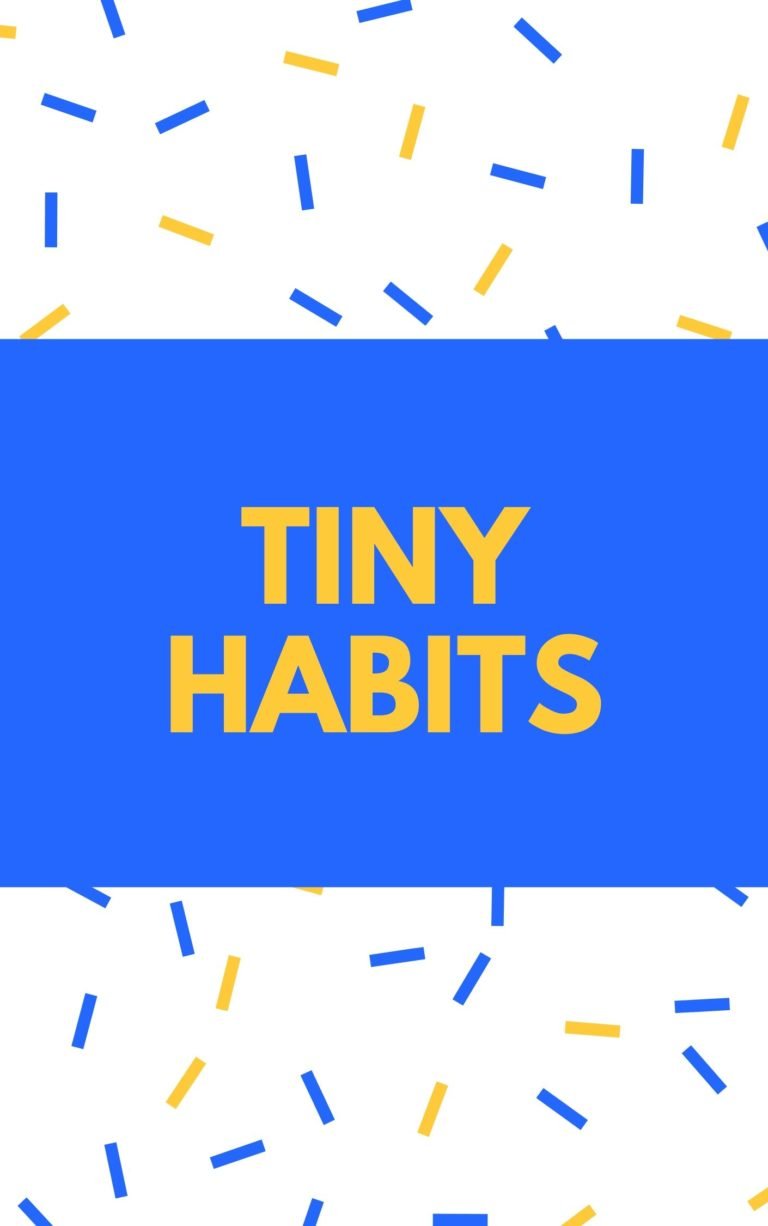I Will Teach You to Be Rich
Ramit Sethi
Rating: 8.2
“It contains serious advice on personal-finance decisions from budgeting and savings to spending and investing.”
-Burton G. Malkiel, author of A Random Walk Down Walk Street
Becoming rich isn’t something that only happens to Ivy League graduates, elite athletes or lottery winners. Anyone can become rich. What you need to do is to define what being rich means to you. You must start today. You must focus on a few areas of your personal finances where you can achieve big wins instead of clipping coupons and saving on $3 lattes. Then you must set up an automated money system and start to invest feeling.
Contents
Takeaway #1: What does rich mean to you?
First and foremost, you must decide what being rich means to you and become a conscious spender who prioritizes. It’s 100% okay to spend unapologetically on the things you love as long as you cut down on other stuff.
Heck, even Mike Tyson, who earned hundreds of millions, has been in financial trouble because he didn’t spend consciously.
Oh, I see that the Joneses just bought a new Volvo. Maybe it’s time that we upgrade our own car. That Armani suit that James had at work today was pretty sweet. I definitely need one of those. It’s all too easy to get lost and try to mindlessly keep up with your friends. It can be a full-time job in itself. But you must remember that there’s always a trade-off.
Sure you may be able to pick that house. That costs $100,000 more, but in that case, you may have to say no to buying that new Tesla. Take Mary as an example, she spends six thousand dollars a year on designer shoes with a $50,000 take-home salary. Do you think that she has control over her personal finances and she is on a path towards an early retirement? She is! Because she shares an apartment with a friend and because she uses public transport, she can easily afford to spend lavish sums on what she loves, which is designer shoes and still be on her way towards financial success.
There’s power in saying no to things we do not like or need, and there’s even more power in saying yes, to the things we love.
Takeaway #2: Beware the minutia
Benjamin Franklin famously said: “Don’t put off until tomorrow, what you can do today?”
Do you want to know the single most important thing to get rich? Starting early.
Sure, the best time to start was probably ten years ago for most of us, but you know what the second-best time is? Today.
For example, here’s something that you probably can do today: Set up an online savings account with no fees, no restriction on withdrawals and a high-interest rate. Simply, Google High-interest rate savings account in _____. But here’s where a lot of skeptics and procrastinators stop. How can I be sure that this is the account with the highest interest rate? This is just an excuse not to get started. More is lost from indecision than from mediocre decisions.
Ramit Sethi teaches something. He calls it the 85% solution. He says that he would much rather get it 85 percent right than do nothing at all. Another excuse for setting up that account today may be: “I only have $100. Why bother setting up an account that will generate just a few dollars per year?” It’s important to notice that no amount is too small when you are forming great money habits. In fact, the perfect time to start is now because the stakes are low. A recently formed Band shouldn’t decline an invitation to a smaller festival just because they dream of filling the Madison Square Garden at some point in the future, they should view it as an opportunity to practice and get better. Likewise, you can’t expect to handle millions well if you are struggling with hundreds of thousands.
Beware the minutiae, you don’t have to get it perfectly right the first time, but you must start at some point and today is a great day for that.
Takeaway #3: Swap your attention from micro to macro
Have you ever heard this before? Save on three dollar lattes, get a temporary 0.1% better interest rate by switching to X bank. Clip coupons. These three examples represent micro-decisions while you may feel like you’re automatically a part of the Lean FIRE (Financial Independence Retire Early) movement by involving yourself in such activities. This is not where the battle is won.
This is like the pro environmentalist who keeps harassing you about cooking your food with a lid on. But who flies transatlantic at least four times per year. We should focus our energy on five to ten things that really matter that will yield exceptional results and good return on invested energy.
Here are a few of those big wins:
- Automate your money system. More on this soon.
- Keep a great credit score
- Use credit cards to get free cash backs and rewards
- Contribute money towards a 401(k) to get at least the full employer match
- Pay off your credit card debt
- Cancel your subscriptions and instead buy monthly. If you want to watch a specific series on Netflix, for instance, you can pay the subscription for 30 days and then instantly cancel. You’ll have time to watch that series that you created the account for, but you won’t end up paying for a product that you’re not using, say, three months down the line.
- Focus on cutting your costs in a few problem areas. The areas you often tell people that, yeah, I’ve probably spent too much on ____.
- Negotiate a raise
- Do freelance work
- Buy a house that you can afford
- Buy a car that you can afford and focus on the total cost of ownership rather than the price tag
- Allocate your capital right; more on this in the final take away
Feel free to use this as a checklist. If you can get 5 these right, you can buy however many $3 lattes that you want.
Takeaway #4: Set up your automatic money system
We, humans, are weak at times. We get distracted, bored, unmotivated, etc. which endangers our prior investing efforts and saving habits. You think that you care but that’s probably just right now. In two weeks, we will be back to watching cat videos and Netflix again. Therefore we must set up an automatic money system that can save us from our worst selves. This system will make sure that we stick to our long-term money plan by allocating our income each month. For us creating an automated money system is a way of doing some work right now to reap a lot of benefits for years and years to come.
For your system, you’ll need:
- A checking account: This is where the money goes first. Think of it kind of like a distribution center. Its main purpose is to feed your other accounts appropriate amounts by using automatic transfers and to pay off all your bills.
- A savings account: This is a parking spot for short-term to midterm savings goals, vacations, gifts, your wedding, a down payment on a house, etc. Pick one with no fees, no restriction on withdrawals and a high-interest rate.
- A credit card: used correctly this is a free short-term loan with rewards and perks. Get at least one which gives cashback
- A retirement savings account: such as a 401k or a Roth IRA. Although this is country-specific.
- An investment account: Get one from an online broker.
Your automated money system must be based on a conscious spending plan which contains four buckets:
- Fixed costs
- Investments
- Savings
- Guilt-free spending.
Here’s a great suggestion on what percentage of your take-home pay that these should represent:
- Fixed costs: 50-60%
- Investments: 10%
- Savings: 5-10%
- Guilt-free spending: 20-35%
Don’t go lower than 5% towards savings and 10% towards investments. Because these two buckets will be the backbone of your new rich life. However, if you implement a few of the big wins from takeaway #3, you’ll be able to raise these percentages in no time.
Automation is great because we learn to live without money. If we never see it, we never get the urge to spend it.
Takeaway #5: The Pyramid of Investing Options
As I mentioned in the previous takeaway, the savings and the investment accounts will create the backbone of your new rich life, so let’s have a look at how to invest your money. Ramit presents three different ways to invest your money. You can:
- Pick your own stocks and bonds
- Pick your own index funds and mutual funds
- Invest in target-date funds
This is the pyramid of investing options; The higher up in the pyramid, the simpler the investing process. Ramit Sethi thinks that for 99% of people, the second or third level in the pyramid is the best option.
Here is why Ramit thinks so. It’s difficult for the individual investor to beat the market. Time spent trying to beat the market could be spent elsewhere. Have a look at the big wins of takeaway #3 for such activities.
For the majority of people, Ramit suggests that even index funds and mutual funds are too much of a hassle with the so-called target-date funds things such as diversification and asset allocation are solved for you. The only thing that you must do is to have your automated money system in place.
For example, if you expect to retire in 2055, you can set up your investment or retirement account, so that you buy “Vanguard’s Target Retirement 2055” each month. Then that’s that. No more hassle and your money will experience the wonders of compound interest. Talk about passive income.
It can also be used for specific savings goals. If you expect to get married in five years, for example, you can start buying target retirement 2025 for that specific goal.







that not big deal as the reflective glass but i’ve noticed.
I’m pleased with the information that you provide for me and thanks to this
because sometimes people face this problem.
King regards,
Balle Dencker